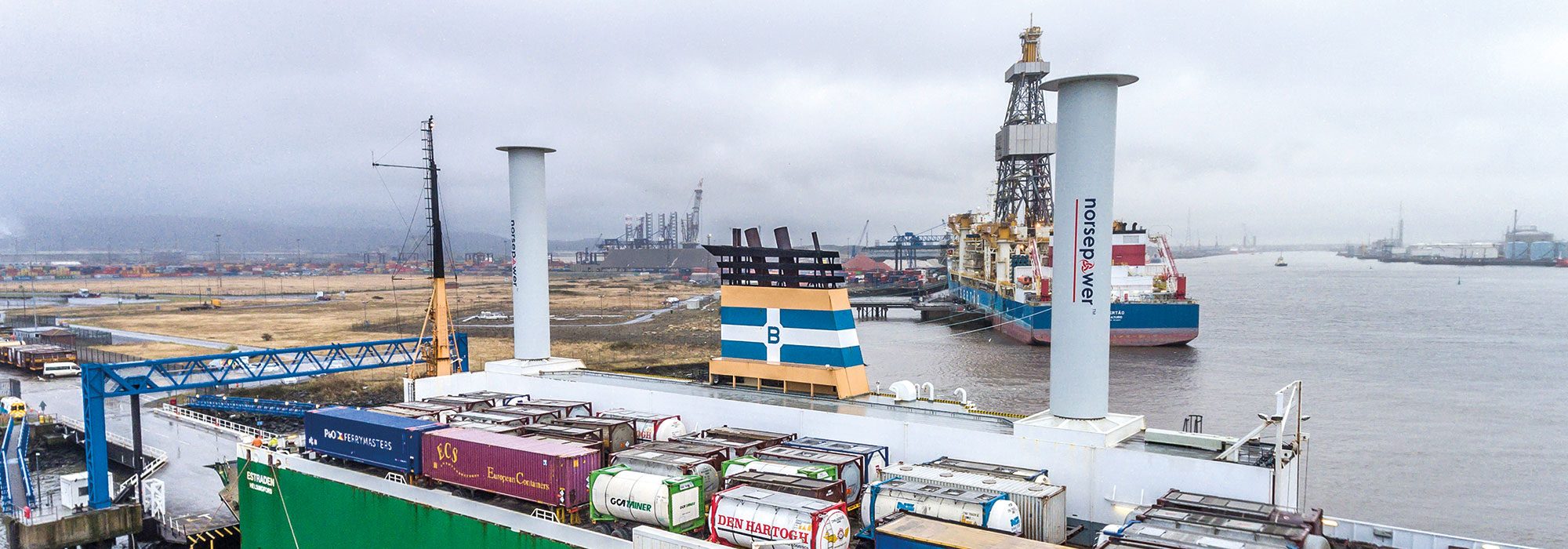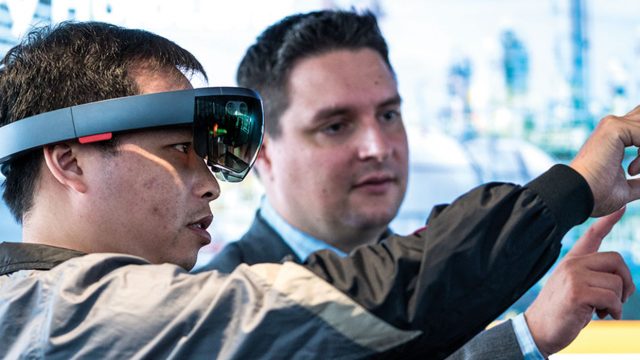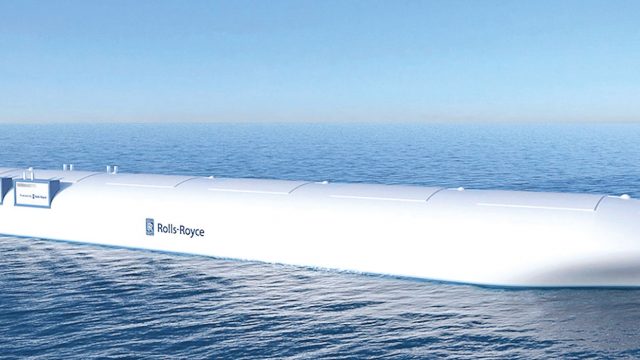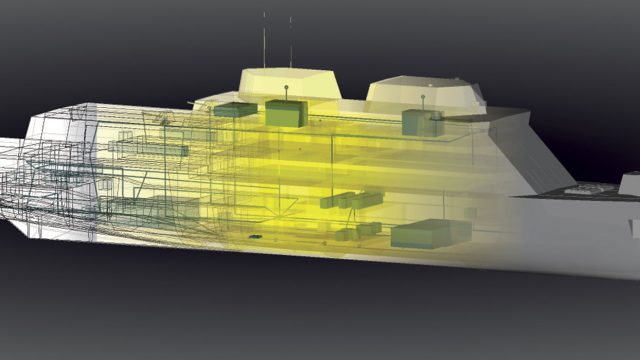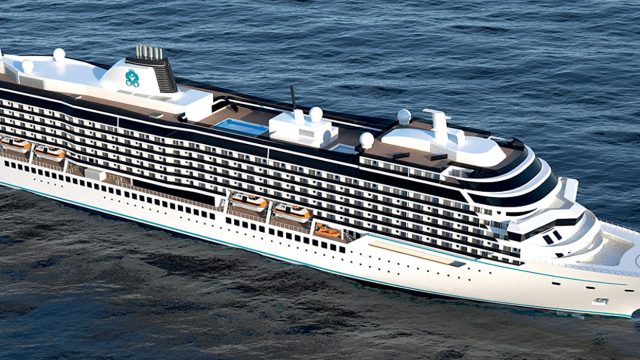The company has developed a rotor sail that applies new materials and automation to a Flettner rotor, saving ship owners money and reducing emissions.
According to CEO Tuomas Riski, the company has been able to demonstrate the benefits of its rotor sail through its deliveries since 2015. The question is how the company will be able to make the most of the positive publicity it has received.
“The rotor sail works on vessels of all kinds, from Ro-Ro vessels, tankers and bulkers to passenger and cruise ships,” Riski says. The sails have been installed on a Maersk tanker and on the Viking Grace cruise ship, among other vessels.
“Viking Line is a good ship owner for our product because passengers can see the environmentally friendly invention in operation. A mechanical sail is also a major image question for shipping companies operating cruisers and passenger vessels.” he said.
Conversely, the rotor sail fitted to Maersk’s tanker, the M/T Pelican, reveals the enormous benefits of Norsepower’s invention. The tanker sails on the ocean winds using large rotor sails, saving a huge amount of fuel. For rotor sails, size and quantity are the decisive factors.
“And when ship owners have more of these vessels, rotor sails can save more money and reduce emissions,” Riski says.
Apparently, it takes time to get used to the tall cylinders that are installed on ships. However, beauty is in the eye of the beholder, and the mechanical sails also serve as an advertisement for Norsepower at sea and in harbors.
The IT and automation devices for the sales are always made in Finland. Production has been transferred to the locations where ships are built for environmental and cost reasons. The European production centre is located in Poland and, this year, Norsepower will open a new center in China.
In the last couple of years, the Helsinki-based company has recorded net sales of about one million euros. The company has 12 employees.

